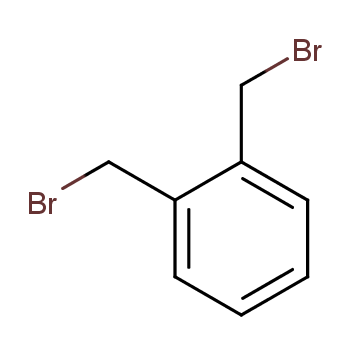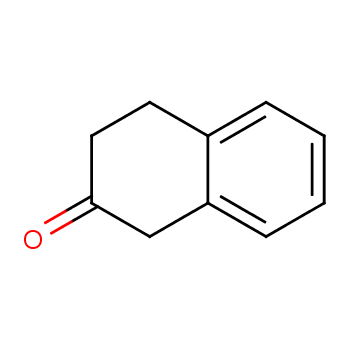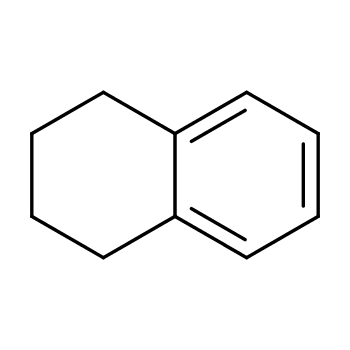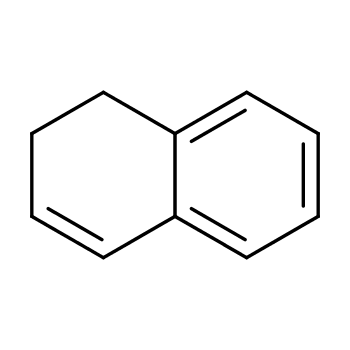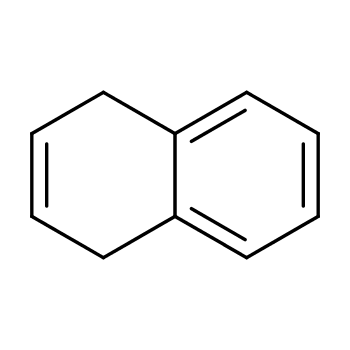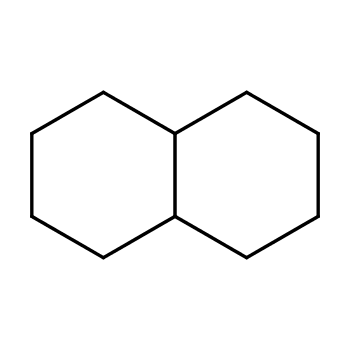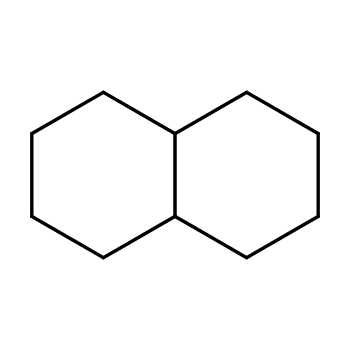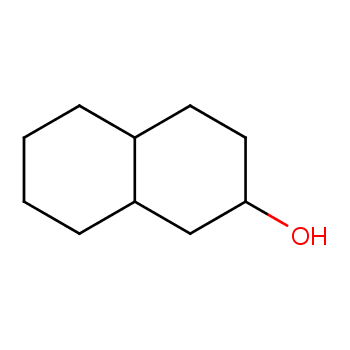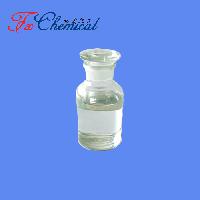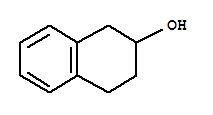-
1,2,3,4-TETRAHYDRO-2-NAPHTHOL
1,2,3,4-TETRAHYDRO-2-NAPHTHOL, with the chemical formula C10H12O and CAS registry number 530-91-6, is a compound known for its aromatic properties and applications in organic synthesis. This colorless crystalline solid, also referred to as tetralinol, is characterized by its naphthalene ring structure and hydroxyl functional group. It is commonly used as a building block in the production of various chemicals, including pharmaceuticals, dyes, and fragrances. 1,2,3,4-TETRAHYDRO-2-NAPHTHOL exhibits moderate solubility in water and is stable under normal conditions. It is important to handle this compound with care, as it may cause irritation to the skin, eyes, and respiratory system. Overall, 1,2,3,4-TETRAHYDRO-2-NAPHTHOL plays a crucial role in the synthesis of diverse compounds and contributes to the advancement of various industries.
View more+
1. Names and Identifiers
2. Properties
3. Use and Manufacturing
4. Safety and Handling
5. MSDS
6. NMR Spectrum
7. Synthesis Route
8. Precursor and Product
9. Computed Properties
11. Realated Product Infomation

 EN
EN

 Xn
Xn


